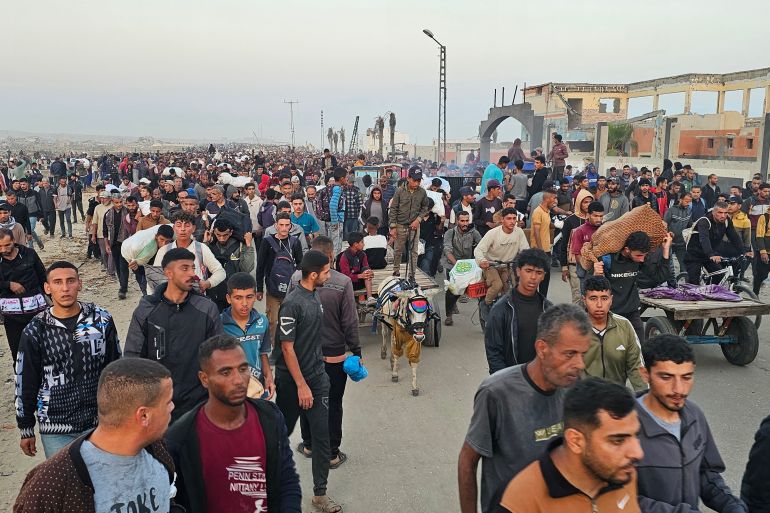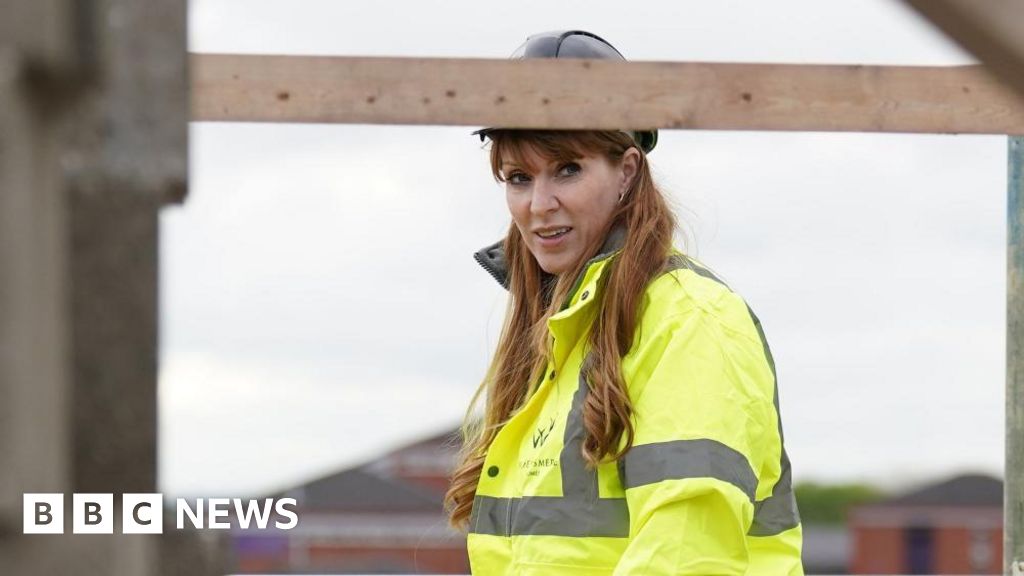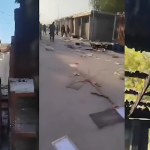President Donald Trump has announced that United States forces struck three Iranian nuclear sites in a “very successful attack”, adding that the heavily fortified Fordow nuclear facility is “gone”.
Trump’s decision on Saturday to join Israel’s military campaign against Iran represents a major escalation of the conflict.
“We have completed our very successful attack on the three Nuclear sites in Iran, including Fordow, Natanz, and Isfahan,” Trump posted on Truth Social, adding that the military planes were now on their way home.
“NOW IS THE TIME FOR PEACE!” he added.
Later, in a televised Oval Office address that lasted just more than three minutes, Trump said that Iran’s future held “either peace or tragedy”, and that there were many other targets that could be hit by the US military.
“Iran’s key nuclear enrichment facilities have been completely and totally obliterated,” Trump said.
Iranian Foreign Minister Abbas Araghchi responded to the attacks, accusing Washington of breaching international law.
“The United States, a permanent member of the United Nations Security Council, has committed a grave violation of the UN Charter, international law and the NPT by attacking Iran’s peaceful nuclear installations,” Araghchi said in a social media post.
“The events this morning are outrageous and will have everlasting consequences. Each and every member of the UN must be alarmed over this extremely dangerous, lawless and criminal behavior.”
He added that Iran “reserves all options to defend its sovereignty, interest, and people”.
The strikes came as Israel and Iran have been engaged in more than a week of aerial combat, with deaths and injuries in both countries.
Israel launched the attacks on Iran, saying that it wanted to remove any chance of Tehran developing nuclear weapons. Iran says its nuclear programme is for peaceful purposes only.
‘Will not stop’
Iran’s nuclear agency on Sunday said that radiation system data and field surveys do not show signs of contamination or danger to residents near the sites.
“Following the illegal US attack on the Fordow, Natanz, and Isfahan nuclear sites, field surveys and radiation systems data showed: No contamination recorded,” the organisation said in a social media post.
“There is no danger to residents around these sites. Safety is in a stable state.”
Shortly after the attacks, the agency insisted that its work would not be stopped.
“The Atomic Energy Organization of Iran assures the great Iranian nation that despite the evil conspiracies of its enemies, with the efforts of thousands of its revolutionary and motivated scientists and experts, it will not allow the development of this national industry, which is the result of the blood of nuclear martyrs, to be stopped,” it said in a statement.
CBS News reported that the US reached out to Iran diplomatically on Saturday to say the strikes were all it planned and that the US did not intend on regime change efforts.
Trump told Fox News that six bunker-buster bombs were dropped on the Fordow nuclear site, while 30 Tomahawk missiles were fired against the others, Esfahan and Fordow.
US B-2 bombers were involved in the strikes, a US official told Reuters, speaking on condition of anonymity.
‘Awesome and righteous US might’
Al Jazeera’s Kimberly Halkett said that Trump was advised that the bombings would allow for the dismantling of Iran’s nuclear programme.
“Donald Trump has been advised that, as commander-in-chief, this will not lead to escalation,” Halkett reported from Washington, DC. “But he knows there is a chance that there could be an escalation as a result of his action.”
Israeli Prime Minister Benjamin Netanyahu praised Trump’s decision to attack Iran.
“Congratulations, President Trump. Your bold decision to target Iran’s nuclear facilities with the awesome and righteous might of the United States will change history,” Netanyahu said.
Israeli military officials said earlier on Saturday that they had completed another series of strikes on dozens of military targets in southwestern Iran.
Israel launched attacks on June 13, saying that Iran was on the verge of developing nuclear weapons. Israel is widely assumed to have nuclear weapons, which it neither confirms nor denies.
Iranian officials have repeatedly said that Iran does not plan to develop nuclear weapons but will pursue its right to nuclear energy and research.
United Nations Secretary-General Antonio Guterres said he was “gravely alarmed” by the “dangerous escalation” of the US strikes.
“There is a growing risk that this conflict could rapidly get out of control – with catastrophic consequences for civilians, the region, and the world,” he said in a statement.
At least 430 people have been killed and 3,500 injured in Iran since Israel began its attacks, Iranian state-run Nour News said, citing the Ministry of Health.
In Israel, 24 civilians have been killed by Iranian missile attacks, according to local authorities, in the worst direct conflict between the longtime enemies. More than 450 Iranian missiles have been fired towards Israel, according to the Israeli Prime Minister’s Office.
Israeli officials said that 1,272 people have been injured since the beginning of the hostilities, with 14 in serious condition.
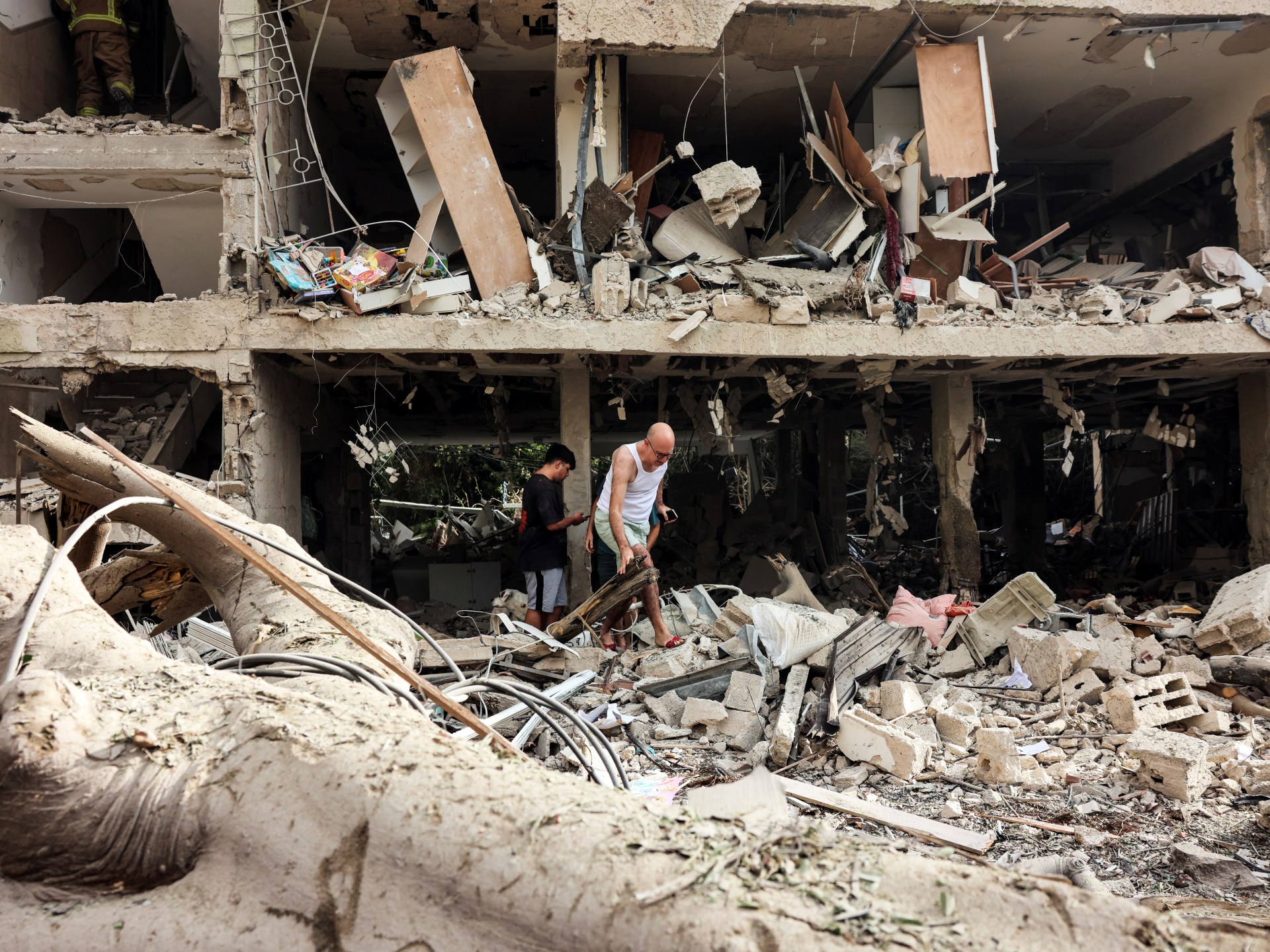

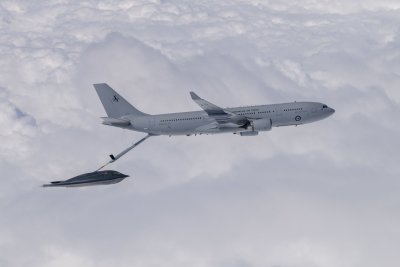

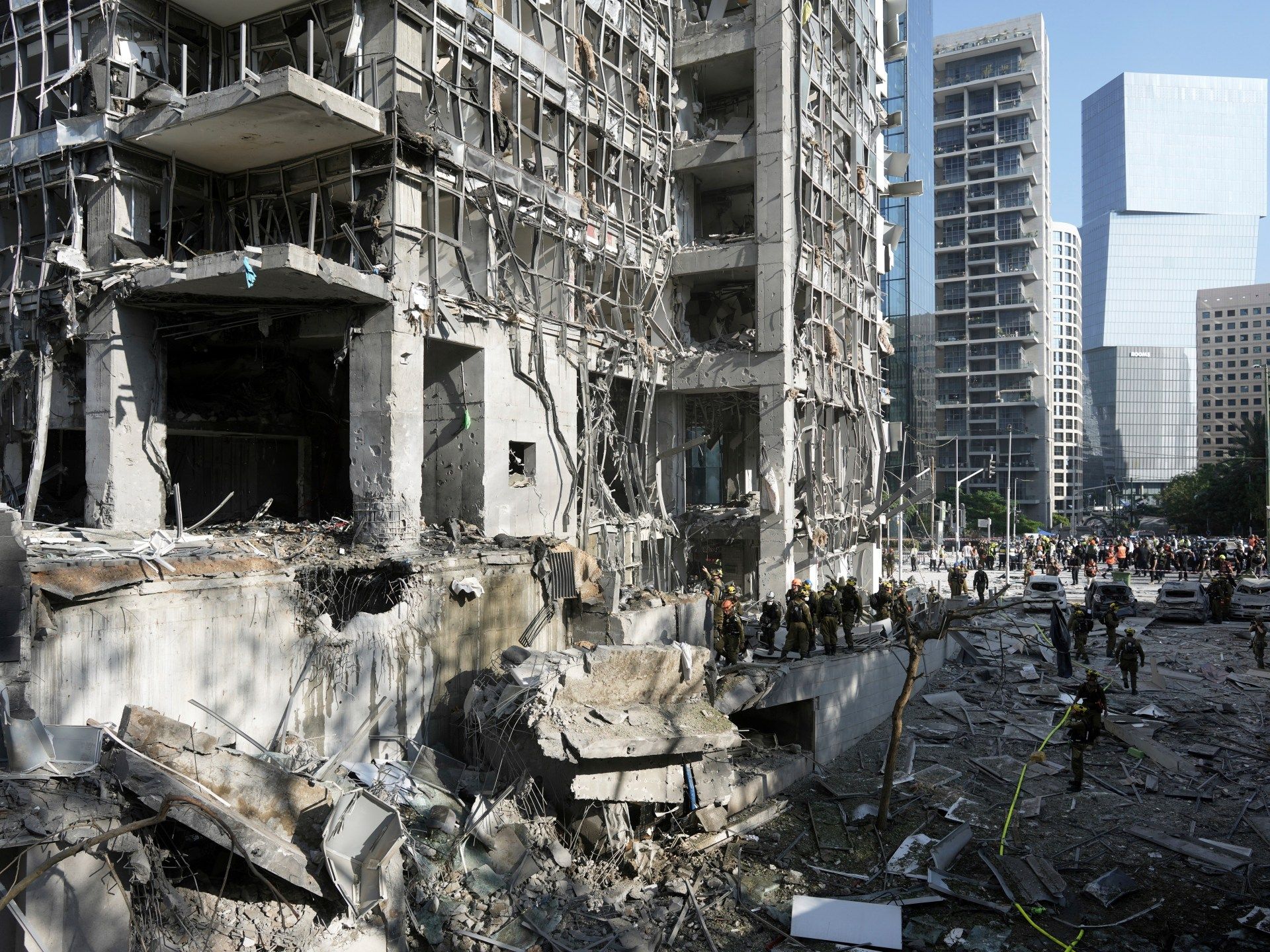
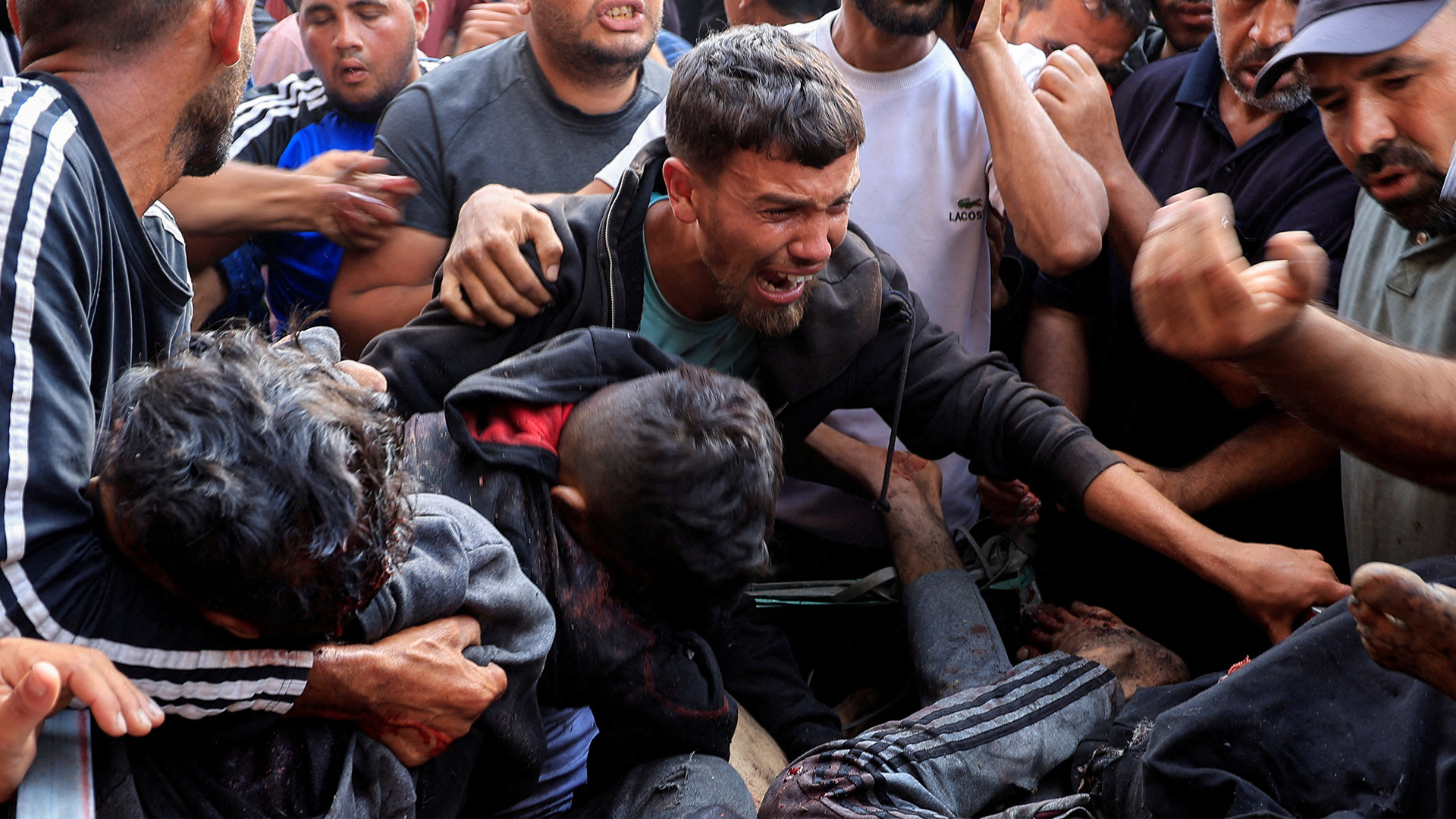
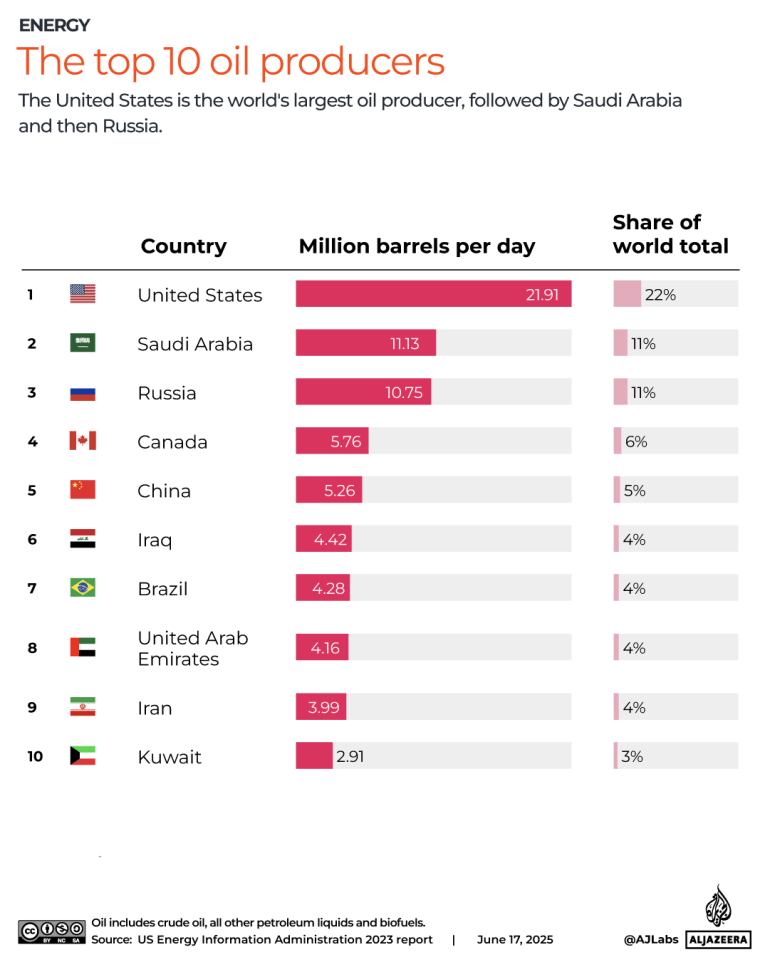








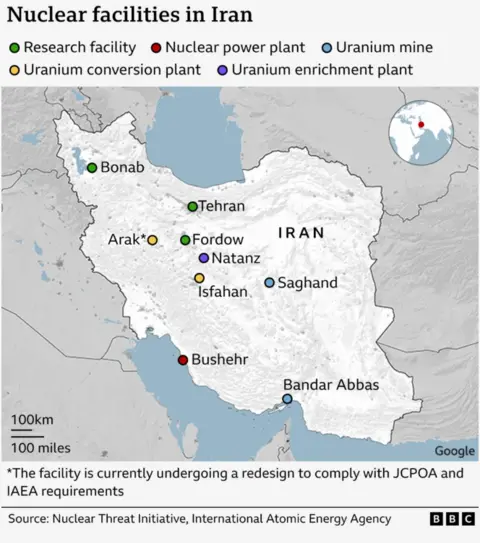


![Palestinians mourn over the body of Ahmed Abu Hilal, who was killed while on his way to an aid hub in Gaza, during his funeral at Nasser Hospital in Khan Younis, in the southern Gaza Strip, on Sunday, June 8, 2025. [Abdel Kareem Hana/AP]](https://www.aljazeera.com/wp-content/uploads/2025/06/AP25159513055391-1749393552.jpg?w=770&resize=770%2C513&quality=80)
![People carry relief supplies from the Gaza Humanitarian Foundation (GHF) on June 8, 2025. The UN and major aid organisations have refused to cooperate with the GHF, citing concerns that it was designed to cater to Israeli military objectives. [Eyad Baba/AFP]](https://www.aljazeera.com/wp-content/uploads/2025/06/AFP__20250608__49L8364__v1__HighRes__PalestinianIsraelConflictUsGazaAid-1749381980.jpg?w=770&resize=770%2C513&quality=80)

